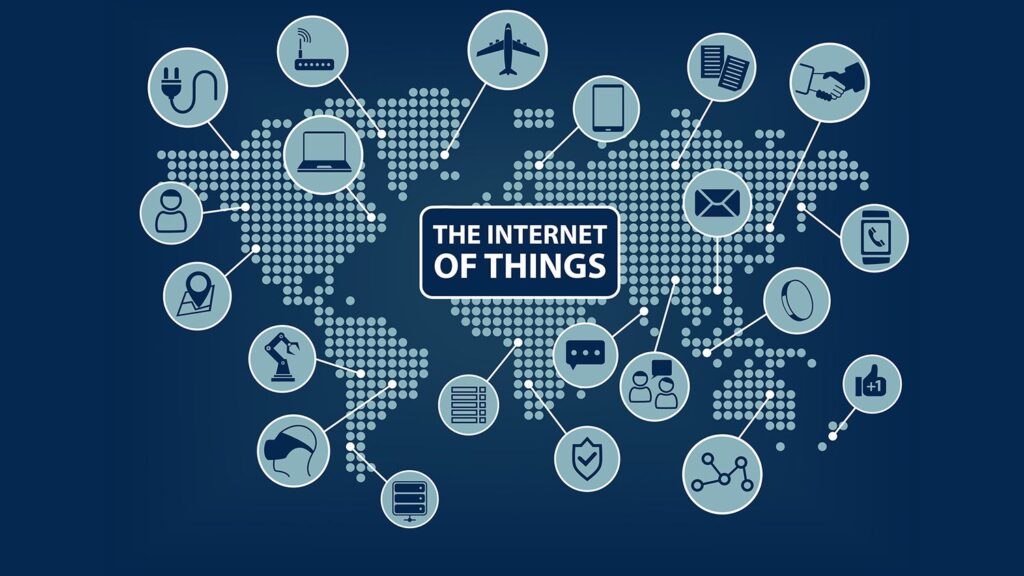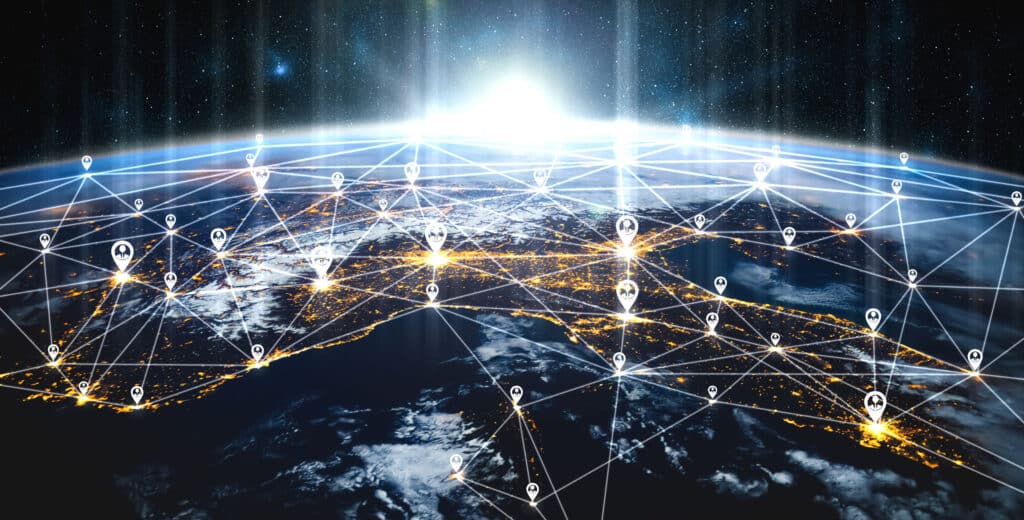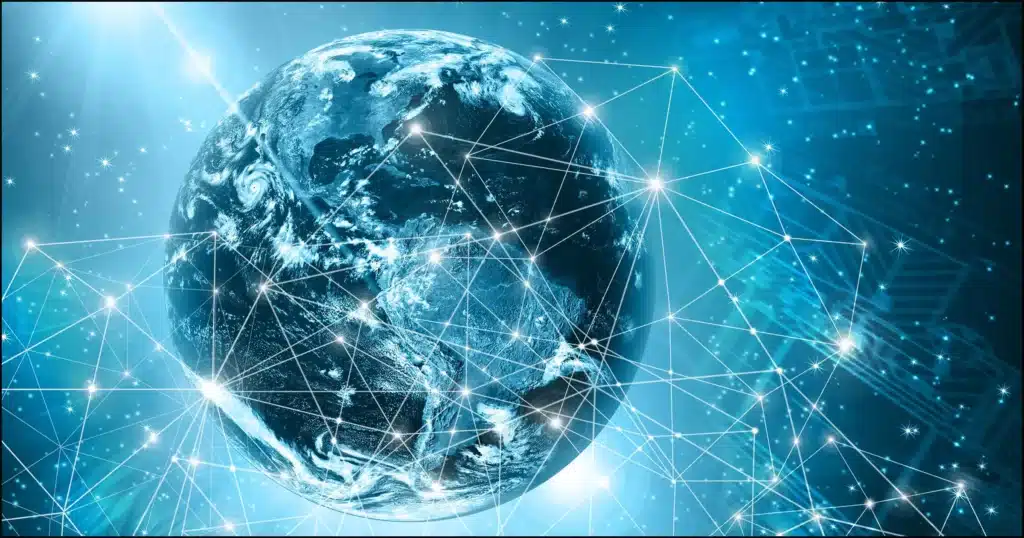The Internet of Things (IoT) has become a buzzword in recent years, promising to revolutionize the way we interact with technology and the world around us. From smart homes and connected devices to industrial automation and smart cities, IoT has the potential to transform various industries and redefine how we live, work, and communicate. In this article, we will delve into the world of IoT, exploring its definition, applications, challenges, and impact on different aspects of our lives.
Contents
What is IoT?
At its core, IoT means a network of interconnected devices that communicate and convey data with each other over the internet without human intervention. These devices can span from everyday objects, such as smartphones, wearables, and home appliances, to industrial machinery, vehicles, and infrastructure. IoT devices are embedded with sensors, actuators, and communication modules that enable them to collect, analyze, and share data, creating a seamless network of interconnected “things” that can be remotely monitored, controlled, and optimized.
Applications of IoT
IoT has the power to transform various industries and domains, enabling new applications and opportunities. Here are some examples of how IoT is being utilized in different sectors:
- Smart Homes: IoT-enabled smart homes use connected devices, such as smart thermostats, smart lighting, and smart security systems, to create an interconnected ecosystem that enhances convenience, comfort, and energy efficiency. Homeowners can remotely control and monitor devices through their smartphones, create personalized settings, and automate routine tasks, such as adjusting temperature and turning lights on/off, to optimize energy usage and improve home security.
- Industrial Automation: IoT is pushing the fourth industrial revolution, also known as Industry 4.0, by enabling the integration of digital and physical systems in manufacturing and supply chain operations. IoT devices, such as sensors, drones, and robotics, can monitor, analyze, and optimize processes in real-time, improving operational efficiency, reducing downtime, and enabling predictive maintenance. This can result in cost savings, increased productivity, and improved product quality.
- Healthcare: IoT is transforming the healthcare industry, with the development of telemedicine, remote patient monitoring, and smart medical devices. IoT devices, such as wearables and sensors, can collect and transmit health data, enabling remote monitoring of patients, early detection of health issues, and personalized treatment plans. This can lead to improved patient outcomes, reduced hospitalizations, and better management of chronic diseases.
- Smart Cities: IoT is being utilized in the development of smart cities, where connected devices and sensors are used to optimize resource usage, enhance public services, and improve quality of life. For example, smart traffic management systems can use real-time data from sensors to optimize traffic flow, reduce congestion, and improve public transportation. Smart waste management systems can optimize waste collection routes, reduce costs, and minimize environmental impact.
Conclusion
The Internet of Things (IoT) has the potential to revolutionize industries, society, and everyday life, offering numerous opportunities for efficiency, convenience, and innovation. However, challenges related to security, interoperability, scalability, and ethical considerations need to be addressed for its widespread adoption and realization of its full potential. As IoT continues to evolve, it is crucial to prioritize responsible and ethical practices, establish universal standards, and ensure security measures are in place to protect the privacy and security of users’ data. With the right approach, IoT has the potential to unleash the power of connectivity and transform how we live, work, and interact with the world around us.



